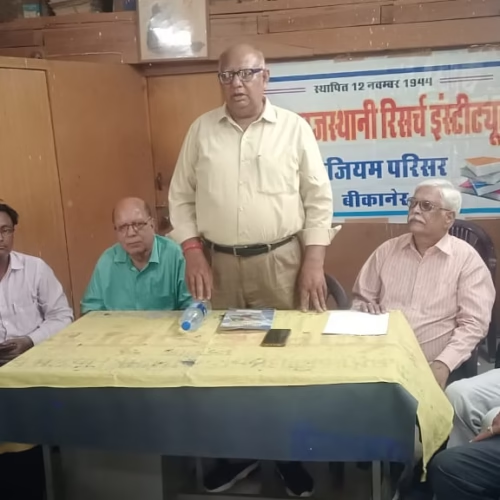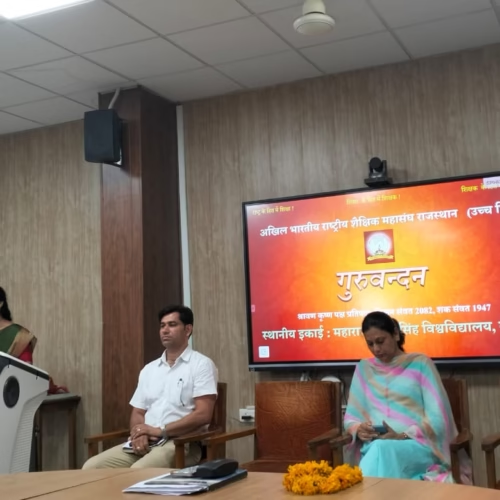India Issues NOTAM for Missile Test Over Bay of Bengal – Strategic Trial Set for March 12-13
https://twitter.com/DefenceSahil/status/1897577142977970473?t=NM7QQTbzEbh8XLT9eis4GQ&s=19
New Delhi, March 6, 2025: India has issued a Notice to Airmen (NOTAM) for a missile test scheduled between March 12, 2025 (10:00 AM IST) and March 13, 2025 (4:00 PM IST). The designated test area spans a range of 415 kilometers, indicating a significant weapons trial in line with India’s ongoing efforts to enhance its strategic defense capabilities.
Test Location and Strategic Significance
The missile test is expected to take place over the Bay of Bengal, a preferred test site due to its vast maritime expanse, ensuring safety and minimal disruption to civilian air and sea traffic. The specified range of 415 km suggests that the test could involve a surface-to-surface, surface-to-air, or possibly a cruise missile developed by the Defence Research and Development Organisation (DRDO).
India regularly conducts such trials as part of its missile development and validation programs, ensuring that its arsenal remains technologically advanced and combat-ready. These tests are crucial for assessing range accuracy, trajectory control, payload capacity, and overall operational effectiveness of the missile system being evaluated.
Potential Missile Systems Being Tested
While officials have not disclosed the specific missile being tested, the 415-km range aligns with several missile systems currently under development or in active service:
- Agni-Prime (Agni-P): A next-generation medium-range ballistic missile (MRBM) capable of high maneuverability and precision targeting.
- BrahMos Missile Variant: A shorter-range BrahMos missile designed for rapid deployment and precision strikes.
- Pralay Missile: A surface-to-surface tactical missile, capable of carrying conventional warheads and striking enemy installations within a 500-km range.
- Naval or Air-Launched Missile: Given the test location over the Bay of Bengal, the trial could also involve a naval missile system launched from a warship or submarine, or an air-launched cruise missile (ALCM) like BrahMos-A from a fighter aircraft.
Strengthening India’s Missile Capabilities
India has been steadily modernizing its missile systems to enhance deterrence and strategic preparedness. With growing regional security challenges, these tests play a vital role in ensuring the effectiveness and reliability of India’s defense infrastructure.
In recent years, India has developed and successfully tested multiple indigenous missile platforms under the Atmanirbhar Bharat (Self-Reliant India) initiative, reinforcing its position as a global leader in missile technology. The Indian military is focused on building a robust missile defense system, integrating ballistic, cruise, and hypersonic missile capabilities into its operational framework.
Impact and Global Response
India’s missile tests are closely monitored by global defense analysts, particularly by neighboring countries and strategic partners. While these tests are a routine part of India’s defense modernization, they often attract geopolitical attention. The latest NOTAM suggests that India continues to refine its missile technology for enhanced precision, reliability, and rapid deployment in potential combat scenarios.
Conclusion: A Step Towards Future-Ready Defense
The upcoming March 12-13 missile test is a crucial step in India’s commitment to strengthening its deterrence posture and defense preparedness. With cutting-edge missile technology being developed and tested, India remains at the forefront of advanced military capabilities, ensuring its national security remains uncompromised in an evolving strategic environment.
More details about the missile test are expected to emerge following a successful trial, as India continues to push the boundaries of modern warfare technology and indigenous defense capabilities.

















Add Comment